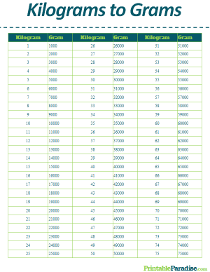
Several interesting consequences can be drawn from this principle. The basic postulate of the theory of relativity states that the speed of light in a vacuum is finite and it is the same for all observers, regardless of the light source motion. On the contrary, far from large astronomical objects (massive stars or clusters called galaxies), the light rays move in a straight line. In astronomy, this effect is called a gravitational lens.

The more mass such body has, the greater is the curvature around the body, so close to the bodies of large mass such as stars, the light rays bend. Mass and RelativityĪccording to the theory of relativity, the gravitational mass changes the curvature of the space-time continuum. Gravitational mass and inertial mass are equivalent. Newton’s second law of mechanics refers to inertial mass. It represents the degree of resistance of the object to being accelerated. The inertial mass of an object is the property of resisting the change in this object’s motion. An increase in the weight of the object increases its passive gravitational mass. Passive gravitational mass measures the effect of the gravitational field of another body on an object. Tides are also caused by the interaction between the gravitational forces of the Moon and the Earth. The gravitational field is what keeps the astronomical objects in place and determines the structure and the layout of the Universe. When active gravitational mass increases, the gravitational field of the object becomes stronger. Gravitational mass refers to the measure of the gravitational force experienced by the object (passive) or deployed by it (active). The Moon's mass is 7.3477×10²² kg Gravitational Mass Thus, an object with a mass of one kilogram weights approximately 9.8 newtons (N) on the Earth, and 1.63 N on the Moon. For example, in the case of Earth, g = 9.80665 m/s², and for the Moon it is about six times less, approximately 1.63 m/s². In physics, weight refers to the force that acts on an object and is calculated as a product of mass and g, the gravitational acceleration that differs depending on the astronomical object, which creates the gravitational field that the object is affected by. In everyday use, the words “mass” and “weight” are often equivalent, both referring to mass. If the force applied to the object and its acceleration are known, we can calculate mass m using Newton’s second law of motion: F = m a, where F is the force and a is the acceleration. It is an inherent property of the object, contrast to weight, which depends on the gravitational field of the planet, where the object is located. 1.34 for this example.Īn item weighing 5g in 18ct White Gold would therefore equal (5 x 1.34) = 6.70g in Platinum.Mass is a measure of the resistance of the object to acceleration.

Multiply your known weight of the item by the figure in the box. Find the metal you wish to convert the weight to along the top of the chart. The chart below can be applied to a range of metals including Platinum, Palladium, Gold, Silver and wax.Įxample : Item in 18ct White Gold weighing 5g we wish to find out the equivalent weight in Platinum. Most of the jewellery industry tend to use 18ct Gold as a based weight for reference, when specifying jewellery weight, unless reference is to a specific item and the metal. The chart is a straightforward and easy to use. Since most precious metals have varying densities, any given quantity of metal will weigh differently depending on the choice. The chart below can be used for reference, to calculate an approximate weight for most of the precious metals.


 0 kommentar(er)
0 kommentar(er)
